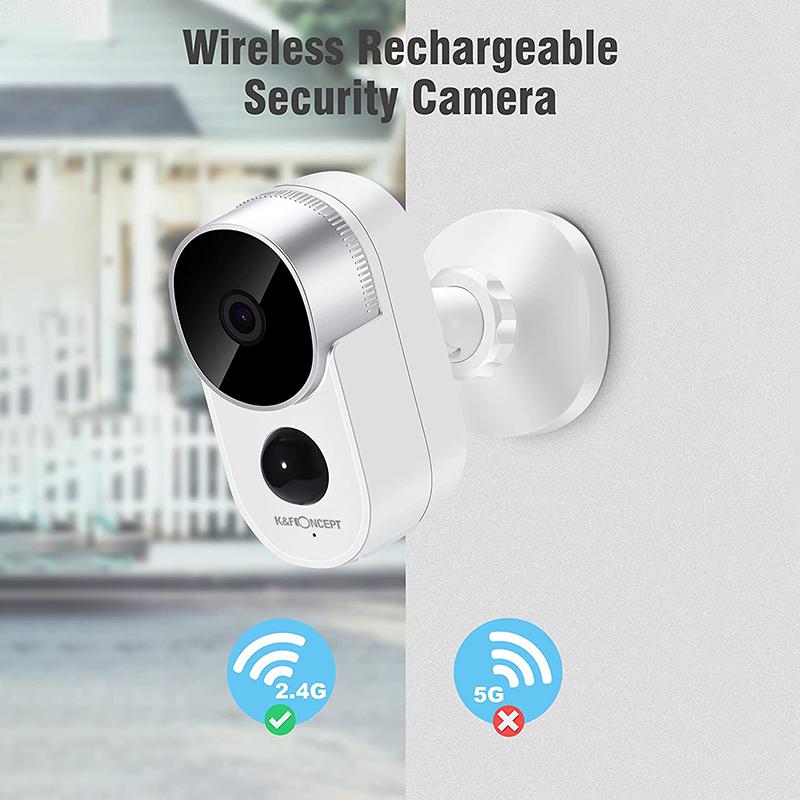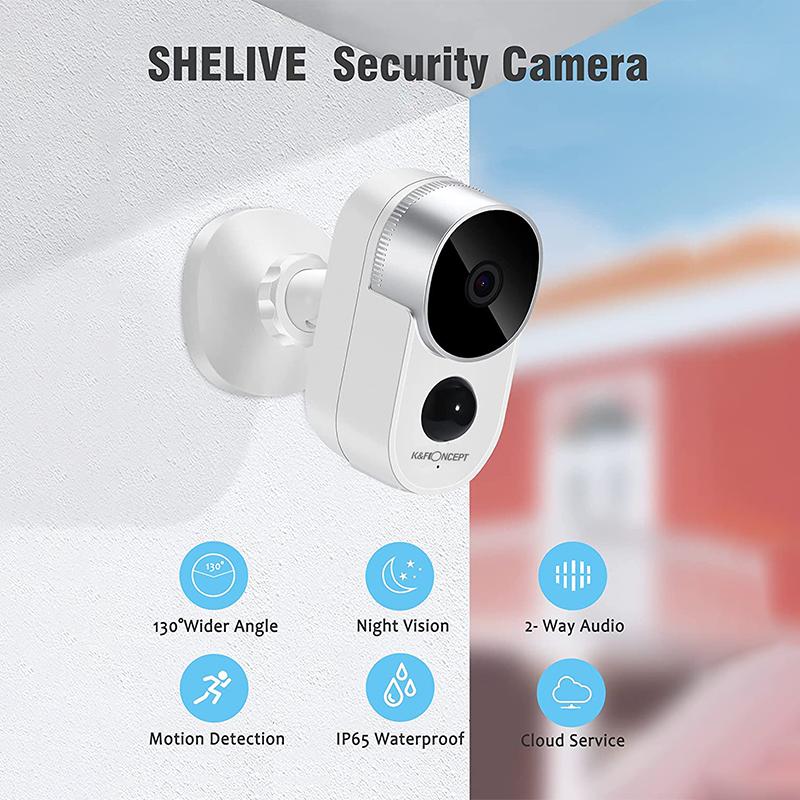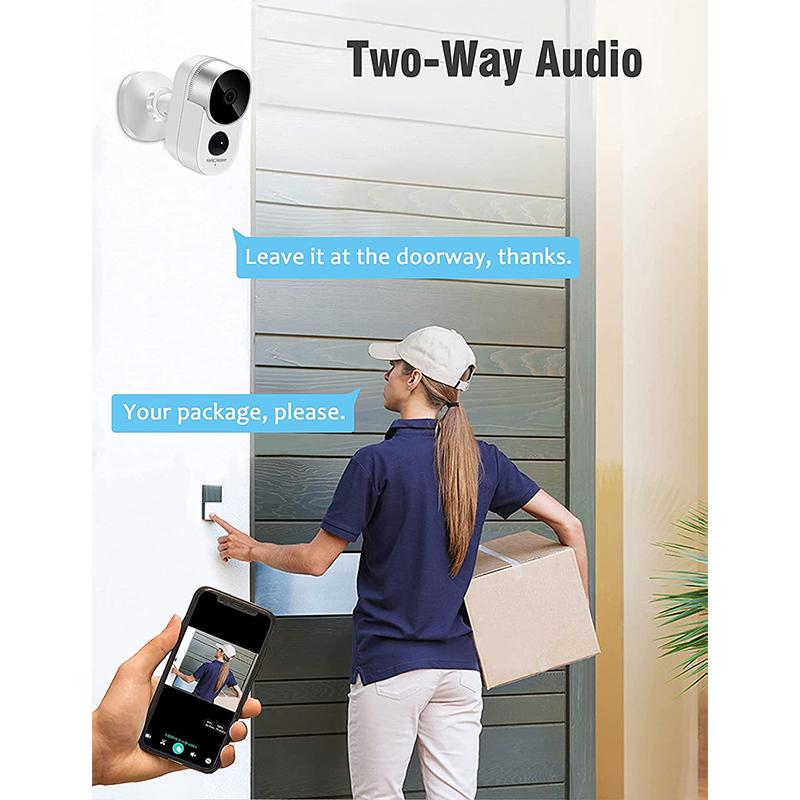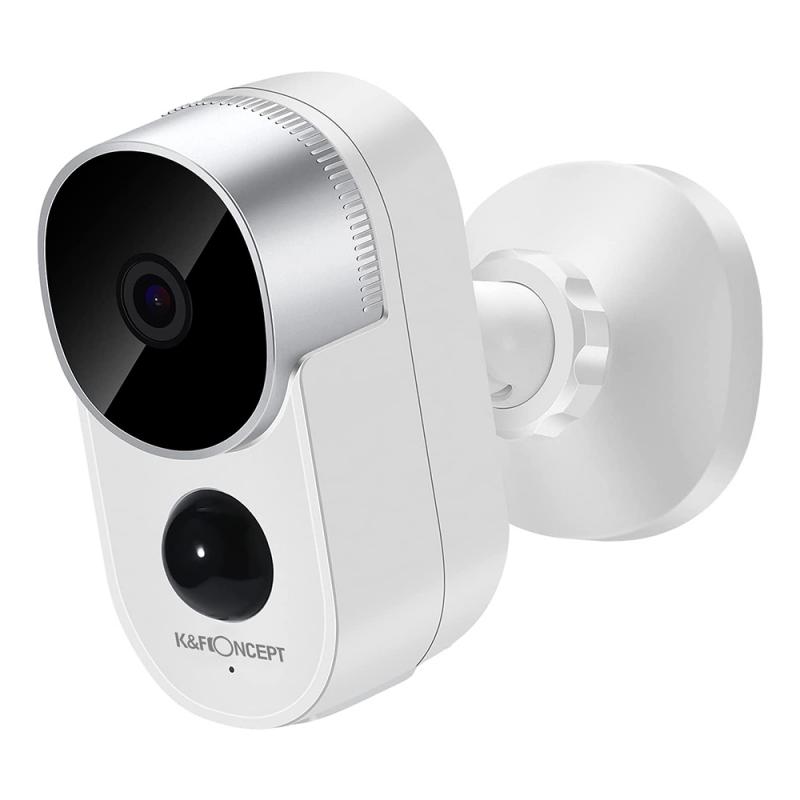How To Run Security Camera Wires Outside?
Running security camera wires outside can be a daunting task, especially for those who are not familiar with electrical work or home improvement projects. However, with the right guidance and tools, it is a task that can be accomplished by most homeowners. This article will provide a comprehensive guide on how to run security camera wires outside, ensuring that your surveillance system is both effective and aesthetically pleasing.
Planning and Preparation

Before you start drilling holes and running wires, it is crucial to plan your project thoroughly. This involves several steps:
1. Determine Camera Locations: Identify the areas you want to monitor. Common locations include front and back doors, driveways, and any other entry points. Make sure the cameras have a clear line of sight and are positioned at a height that prevents tampering.
2. Measure Distances: Measure the distance from each camera location to the central recording device (DVR/NVR) or power source. This will help you determine the length of wire you need.
3. Choose the Right Cables: For outdoor use, you will need weatherproof cables. The most common types are RG59 Siamese cables, which combine video and power in one cable, and Cat5e/Cat6 cables for IP cameras.
4. Gather Tools and Materials: You will need a drill, drill bits, fish tape, cable clips, weatherproof junction boxes, and possibly conduit for added protection.
Running the Wires

Once you have your plan and materials ready, you can start running the wires. Here are the steps to follow:
1. Drill Holes: Drill holes through the walls where the cables will enter and exit. Make sure the holes are slightly larger than the diameter of the cables to allow for easy passage.
2. Use Fish Tape: Fish tape is a tool used to guide wires through walls and other tight spaces. Insert the fish tape through the hole and guide it to the other side. Attach the cable to the fish tape and pull it back through the hole.
3. Run Cables Along the Exterior: Secure the cables along the exterior walls using cable clips. Make sure the cables are taut and follow a straight path to avoid sagging. If you are running cables along the ground, consider using conduit to protect them from the elements and potential damage.
4. Use Junction Boxes: At each camera location, use a weatherproof junction box to house the connections. This will protect the connections from moisture and other environmental factors.
5. Seal the Holes: Once the cables are in place, seal the holes with silicone caulk to prevent water and pests from entering your home.
Connecting the Cameras

With the cables in place, the next step is to connect the cameras to the recording device and power source.
1. Connect the Video Cable: For analog cameras, connect the BNC connector on the video cable to the camera and the DVR. For IP cameras, connect the Ethernet cable to the camera and the NVR or network switch.
2. Connect the Power Cable: For cameras that require a separate power source, connect the power cable to the camera and plug it into a nearby outlet. If you are using a PoE (Power over Ethernet) system, the Ethernet cable will provide both power and data.
3. Test the System: Before finalizing the installation, test each camera to ensure it is receiving power and transmitting video. Adjust the camera angles as needed to get the desired coverage.
Additional Tips

- Weatherproofing: Use weatherproof connectors and junction boxes to protect your connections from the elements. Consider using conduit for added protection, especially if the cables are exposed to direct sunlight or harsh weather conditions.
- Avoid Interference: Keep the cables away from high-voltage lines and other sources of electrical interference. This will help maintain the quality of the video signal.
- Label the Cables: Label each cable at both ends to make it easier to identify them during troubleshooting or future maintenance.
- Regular Maintenance: Periodically check the cables and connections for signs of wear and tear. Replace any damaged components to ensure the continued reliability of your surveillance system.
Running security camera wires outside may seem like a challenging task, but with careful planning and the right tools, it is a project that can be completed by most homeowners. By following the steps outlined in this guide, you can ensure that your security cameras are installed correctly and provide reliable surveillance for your property. Remember to prioritize safety and take the necessary precautions to protect your home and your investment in your security system.

There are no comments for this blog.